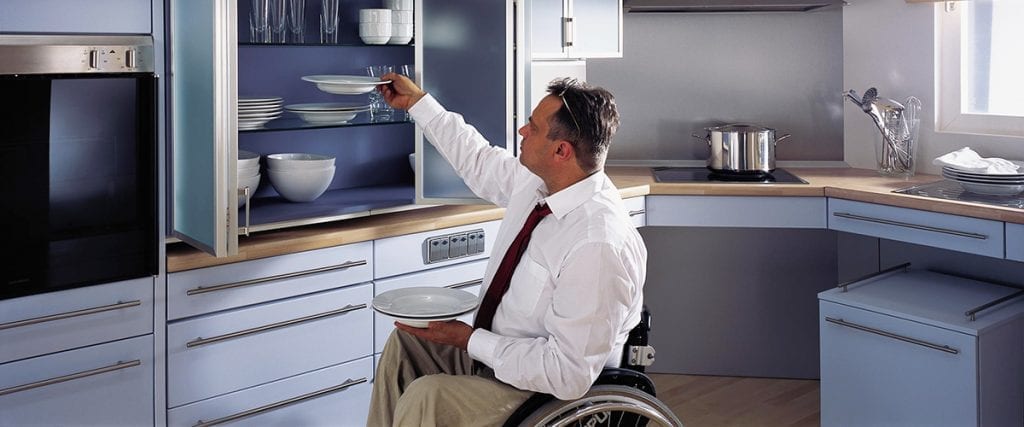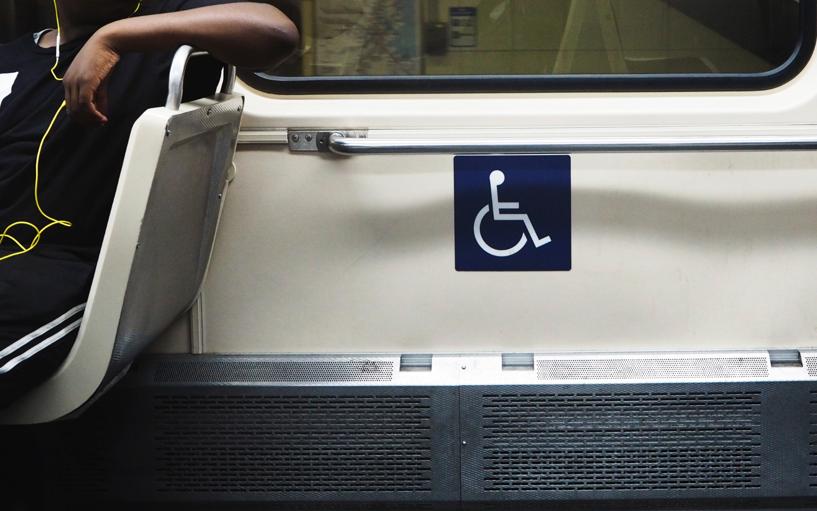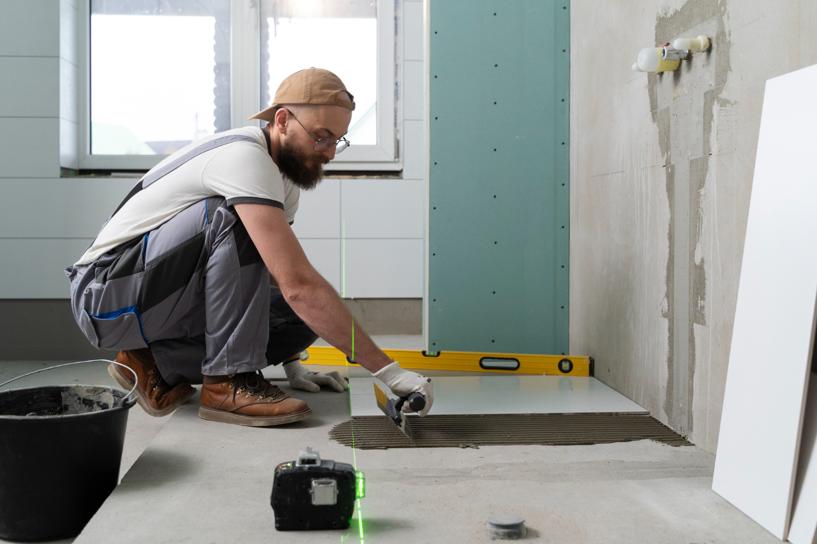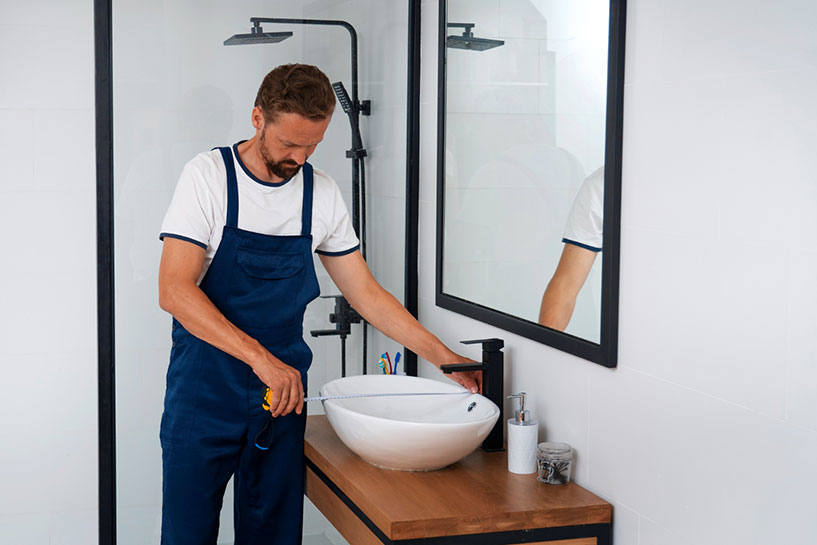Good kitchen design is important for any home. Having a properly designed accessible kitchen reduces injuries and mishaps. Being able to cook and clean up after yourself is an important factor in staying empowered and independent as you age or if you use a wheelchair. In order for someone in a wheelchair to be able to work independently in the kitchen, basic design principles need to apply. Extra consideration for movement, safety and easy access is extremely important.
5 Ways to Create An Accessible Kitchen:
- Layout. The work triangle, a design guideline recommended by the National Kitchen and Bath Association, is an important concept in any kitchen design. The work triangle is an imaginary line between the sink, the cook top the refrigerator and back to the sink. This space should be designed to create efficiency, easy traffic flow and comfortable spacing. The work triangle for someone in a wheelchair may look very different than most kitchens. Allow enough clear floor space for a wheelchair to make turns and pivot between different areas. Islands can either help or hinder accessibility. In smaller kitchens they tend to take up too much floor space to allow good wheelchair access. In a larger kitchen, they help to shorten the distance between work spaces for someone in a wheelchair.
- Storage. For someone seated in a wheelchair, it is almost impossible to access dishes and food that are kept in upper cabinets. Consider adding adjustable cabinet lifts to bring contents to a reachable level. Diago Cabinet lifts can be installed on existing cabinets, and bring the entire cabinet forward and down. Verti Shelf lifts can be installed inside existing upper cabinets, bringing the inside shelves straight down to the counter height. Pull out pantries and drawers are also great options for utilizing kitchen storage spaces for wheelchair users.
- Work Spaces. Meal preparation and clean up require lots of work space. The first thing to remember about any work space in an accessible kitchen is making sure someone in a wheelchair can pull up closely. Ideally this means having nothing under the counter or sink area, and making counters height adjustable. Add a BaseLift or SlimLift to create an accessible counter top that can also be used with a stove top or sink. Sinks should be shallow, with the drain and plumbing located at the back, to allow for knee space underneath.
Raise the lower cabinets a few extra inches and create a deep enough toe kick to allow someone in a wheelchair to pull up to the counter as close as possible. Other solutions for accessible work spaces include pull out cutting boards or kitchen carts on wheels. - Appliances. Standard kitchen appliances are not designed for accessibility. If you do some research, you can find helpful products. Depending on the user, side-by-side refrigerators often work best to keep most contents within reach. Compact refrigerators that aren’t as deep will keep contents accessible. As stated in # 3 you can have height adjustable stove tops, or just leave knee space underneath. Stove tops should have forward controls, to avoid reaching over burners. Wall ovens can be installed at a reachable height and if possible, find one with a side hinged door.
- Lighting and Electrical. Light switches, exhaust fan switches, and electrical outlets should be installed at lower heights. To be reachable from a seated position, place them near the front of counters, not on back walls. Using smaller kitchen appliances, like toaster ovens or electric griddles, can sometimes be an easier solution than using full size appliances. But to use these, outlets and worktops must be easy to reach, and accessible.
Designing kitchen space so that elderly family members or those living with a disability can safely and easily prepare meals for themselves will allow them to retain independence longer. Creating an accessible kitchen means they will need less assistance and be able to stay in their homes longer.
If you enjoyed this post, please consider sharing it on Facebook or Twitter below.
P.S. We’d love to meet you on Twitter here or on Facebook here




